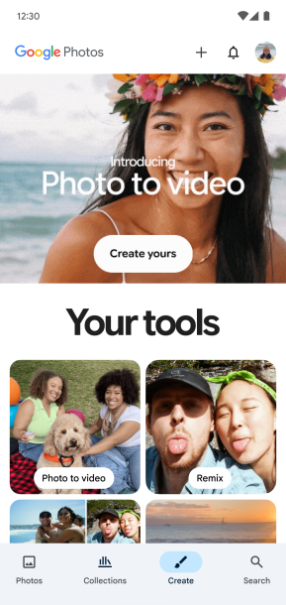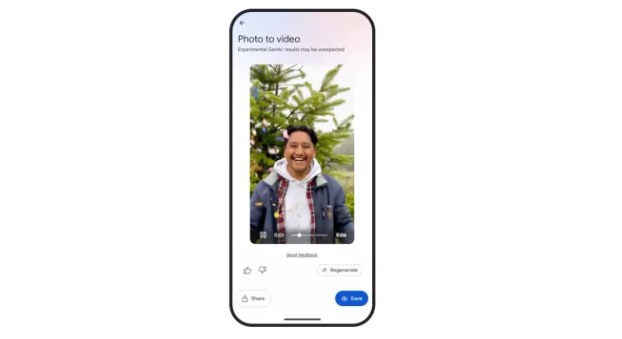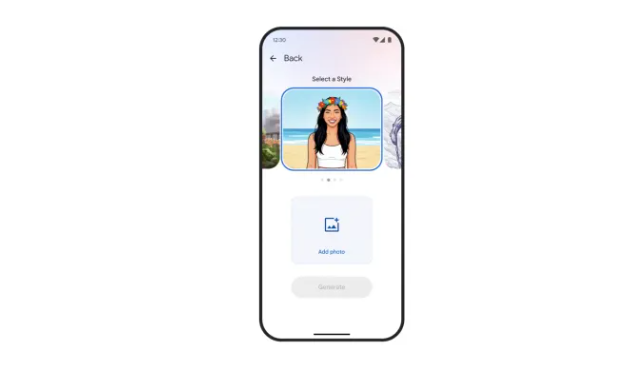Technology giant Google is quietly changing the way we interact with memories. This Wednesday, Google Photos announced a series of disruptive AI features, and this photo management app with over 1.5 billion users is about to transform into a powerful creative factory.
The most exciting feature is the photo-to-video function, which can instantly give life to static photos. Users simply need to select a cherished photo, and Google's latest Veo2 model will convert it into a 6-second dynamic video. This technology used to be the specialty of professional apps like MyHeritage, but now Google has seamlessly integrated it into daily photo management, allowing ordinary users to easily awaken precious memories stored in their albums.

The operation is surprisingly simple. Users just need to choose between the "Subtle Movements" and "Luck-based" options, and the AI will automatically inject just the right amount of motion into the photo. Whether it's making people in a static family photo blink and smile or adding a gentle breeze effect to a landscape photo, everything will be completed in a few seconds.
Another equally impressive feature is Remix, powered by Google's Imagen AI model. This feature is like a versatile artist that can instantly transform any ordinary photo into different styles such as anime, comic, sketch, or 3D animation. Users' creativity will no longer be limited by the scene and lighting at the time of capture, and each photo could become a prototype of an artwork.

To better integrate these creative tools, Google has created a new "Create" tab within the Photos app. This digital creative hub not only includes the latest AI features but also traditional tools like collage creation and video editing, providing users with a one-stop creative experience.
Google emphasizes that these features are still in the experimental phase, and the company will continuously improve the user experience by collecting likes and dislikes from users. This approach not only reflects Google's commitment to product quality but also provides valuable training data for its AI models, forming a positive improvement cycle.

To ensure transparency and traceability of AI-generated content, all images and videos created through these features will automatically have an invisible SynthID digital watermark. Video content will also include a visible watermark, aligning with other Google AI products like Gemini, reflecting the company's cautious approach to AI ethics.
The photo-to-video feature is now available to users in the United States on Android and iOS, while the Remix feature will be released in the coming weeks. The Create tab is planned to launch in August in the U.S., and Google promises to continue adding new tools and experimental features to this function.
Notably, the release of these AI features coincides with similar updates on YouTube Shorts. YouTube Shorts has also gained the photo-to-video feature based on Veo2 and new AI effects, while a more advanced Veo3 model is expected to arrive on the platform later this summer.
This update marks Google's further effort to make AI technology accessible to everyday consumers. For those who previously had limited exposure to AI applications, Google Photos will become an ideal entry point for exploring the potential of AI creation. For Google, its large user base will provide continuous real-world data to improve its AI models, driving rapid technological iteration and refinement.
